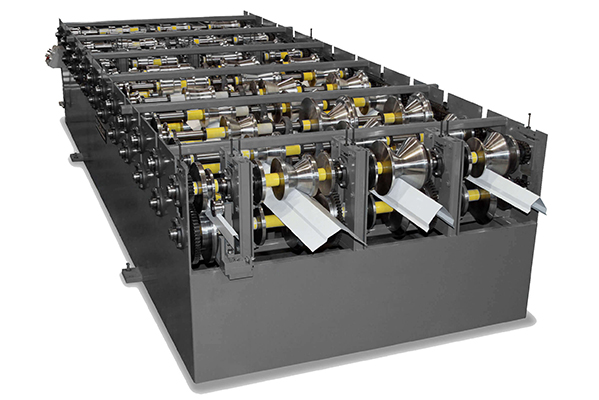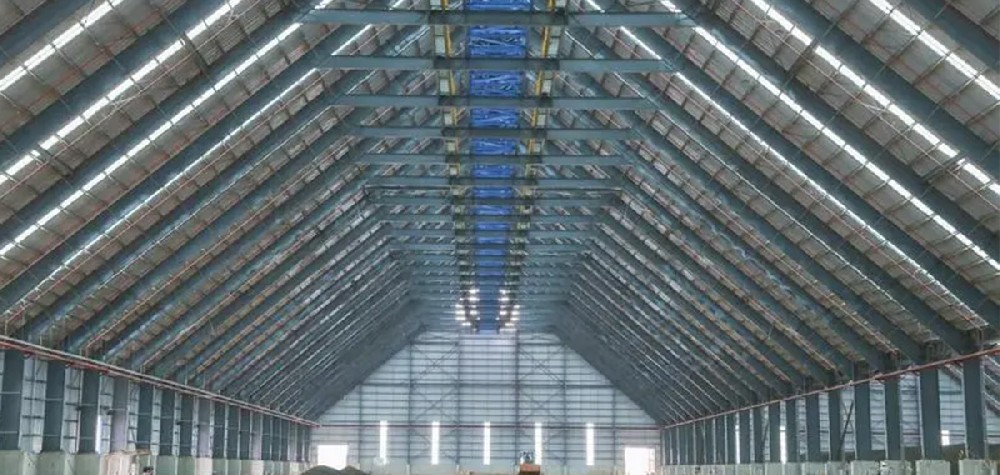Navigation Menu
Contact Us
- Email:
- info@wxavatar.com
- Address:
- Yurong Village, Yuqi Street, Huishan District, Wuxi, China.
Release Date:Jun 03, 2025 Visit:36 Source:Roll Forming Machine Factory
The gutter, trim, and rainwater management industry has seen significant advancements in recent years, with new technologies and materials improving performance, durability, and installation efficiency. These innovations are helping contractors and homeowners achieve better long-term results while reducing maintenance needs.

1. Enhanced Materials for Greater Durability
Traditional gutter systems often relied on materials like aluminum or vinyl, which could be prone to corrosion, warping, or cracking over time. Recent developments include:
High-strength alloys that resist dents and weather damage
Coated steel gutters with improved rust resistance
Composite materials that mimic traditional aesthetics while offering better longevity
These advancements help extend the lifespan of gutter systems, reducing the need for frequent replacements.
2. Seamless Gutter Technology
Seamless gutters have become increasingly popular due to their ability to minimize leaks. Unlike sectional gutters, which have multiple joints, seamless systems are custom-formed on-site to fit a home’s exact dimensions. Benefits include:
Fewer weak points where leaks can develop
A cleaner, more streamlined appearance
Reduced clogging from debris buildup
Many contractors now use mobile fabrication units to create seamless gutters efficiently, improving installation speed and precision.
3. Smart Water Management Systems
Innovations in rainwater handling have introduced smarter solutions for directing water flow away from foundations and landscaping. Some notable developments include:
Adjustable downspout extensions that can be repositioned as needed
Modular drainage systems that integrate with gutters for better runoff control
Debris-resistant designs that reduce blockages from leaves and twigs
These improvements help prevent water damage and reduce maintenance efforts.
4. Trim and Fascia Advancements
Trim and fascia play a critical role in protecting a home’s roofline while enhancing curb appeal. New materials and installation techniques have improved performance in this area:
Synthetic trim boards that resist rot, insects, and moisture
Pre-finished metal fascia for a low-maintenance, long-lasting solution
Improved sealing systems that prevent water infiltration behind trim components
These innovations help maintain structural integrity while reducing the need for frequent repainting or repairs.
5. Faster and More Efficient Installation Methods
Labor costs and installation time are key concerns for contractors. New tools and techniques have streamlined the process:
Laser-guided alignment systems for precise gutter placement
Quick-connect hardware that speeds up assembly
Lightweight materials that reduce strain during installation
These improvements allow professionals to complete jobs faster while maintaining high-quality results.

Conclusion
The gutter, trim, and rainwater equipment industry continues to evolve with materials and technologies that enhance durability, efficiency, and performance. Homeowners benefit from longer-lasting systems, while contractors can deliver better results with improved installation methods. As these innovations become more widespread, they are setting new standards for quality and reliability in the industry.